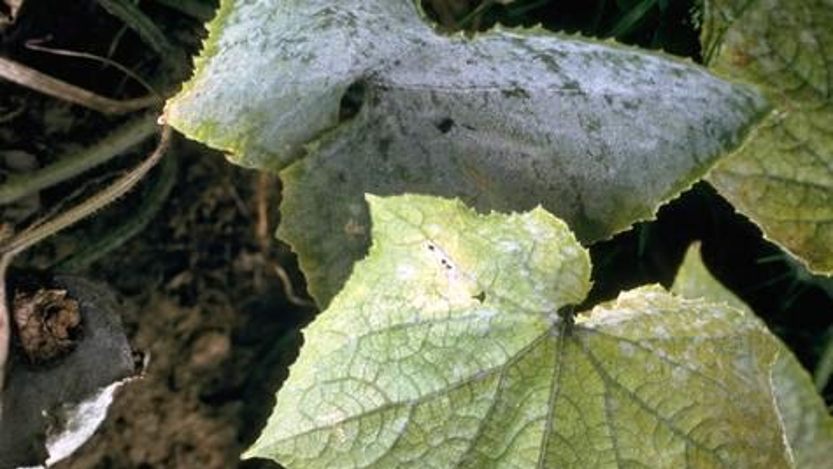JUNE Plant Care Checklist
 Powdery mildew is common in warm, dry conditions. Photo: Courtesy UC Regents
Powdery mildew is common in warm, dry conditions. Photo: Courtesy UC Regents
Maintenance and prevention
- Check soil moisture and adjust the watering schedule on your irrigation controller accordingly. Water early in the day. Watch container plants which may need daily watering.
- Control powdery mildew, a fungus that likes dry summer conditions. Spray susceptible plants with a horticultural oil or biological fungicide.
- Use pot feet or boards to elevate containers sitting on hot pavement.
- Don’t forget to water houseplants as your attention focuses on the outdoors.
- Check for standing water to keep mosquitoes from breeding.
- Treat ponds with mosquito repellent.
- Turn compost and keep it as moist as a wrung-out sponge. Add garden waste, grass clippings, pruning material, and leaves so long as they are not diseased.
- Raise the cutting height of lawnmower 1 to 1.5 inches to help grass survive drought and heat (encourages deep roots and reduces water demand).
- Leave lawn clippings on the ground for nutrients and as a mulch layer. Learn more about lawn care.
Planting and propagating
- Cut off spent flowers for continued bloom. (Consider leaving some for the birds.)
- Stake tall plants such as dahlias, gladiolus, and lilies as needed.
- Harvest blooming lavender to dry for indoor use.
Pests and weeds
- Monitor and control snails, slugs, and aphids.
- Use beneficial nematodes to manage grubs in your lawn.
- Keep an eye out for early signs of insect infestation - blast any you see with a garden hose.
- Set yellowjacket traps at the perimeter of the yard (not near eating areas) to discourage yellowjackets from visiting.
Feed and fertilize
- Make compost tea for a mild liquid fertilizer.
- Mulch shrubs and beds to conserve moisture.
- Fertilize roses and other summer-blooming plants, if needed, using an organic fertilizer.
- Use little or no fertilizer on herbs.
- Feed azaleas, camellias, and rhododendrons with a balanced organic fertilizer formulated for acid-loving plants monthly during the spring and summer.
Edibles
- Thin fruit trees.
- Thin fruit on apple trees.
- Protect summer fruit crops with netting or row cover.
- Plant beans, broccoli, chard, cucumbers, eggplant, ground cherries, melons, peppers, pumpkins, parsley, squash, tomatoes
- In cooler areas, plant cabbage, celery, lettuce, bunching onions, and peas.
- Learn more about crops to plant in June and other activities in the edible garden.
Fire-smart Landscaping
- Remove dried grasses, weeds, and vegetation debris around the house, from roof, under decks and porches. When possible, mow lawns in the early morning or after 8pm on foggy days to avoid sparks.
- Learn more about Fire-smart Landscaping.
